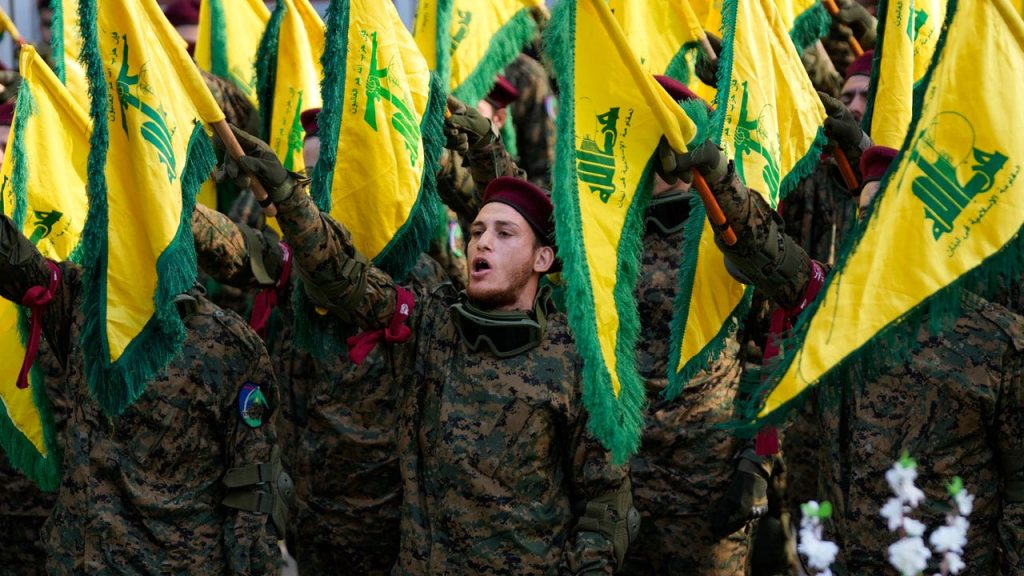The long-standing debate surrounding U.S. military aid to the Lebanese Armed Forces (LAF) has intensified amid growing concerns about the LAF’s alleged collusion with Hezbollah, the Iran-backed Shiite terrorist group. Analysts critical of the aid argue that the LAF and Hezbollah are effectively operating as a single entity, with the LAF even providing intelligence to Hezbollah, thereby undermining the very purpose of the U.S. assistance, which is to bolster Lebanon’s security and counter regional threats. This alleged collaboration, exemplified by a recent report of an LAF officer leaking classified information to Hezbollah, calls into question the effectiveness and justification of continued U.S. support. The critics advocate for a reassessment of the aid, with some urging a complete halt to funding, while others propose redirecting the funds towards specific LAF units dedicated to disarming Hezbollah, thereby ensuring accountability and preventing the misuse of American resources.
The historical context of U.S. involvement in Lebanon further complicates the issue. Following the 2006 war between Israel and Hezbollah, the U.S. invested heavily in the LAF, viewing it as a crucial element in stabilizing the region. This substantial investment, totaling over $3 billion, aimed to strengthen the LAF’s capabilities and establish it as a counterbalance to Hezbollah’s influence. However, critics argue that this strategy has failed, as Hezbollah’s power and influence have only grown since then. They point to Hezbollah’s blatant disregard for the 2006 ceasefire agreement and its continued military presence in southern Lebanon as evidence of the LAF’s inability or unwillingness to control the terrorist group. The debate over aid to the LAF is therefore intertwined with the broader question of how to effectively counter Hezbollah’s influence in Lebanon.
The current ceasefire between Israel and Hezbollah, brokered with U.S. involvement, adds another layer of complexity to the situation. While the ceasefire aims to de-escalate tensions and facilitate the return of Lebanese prisoners, Hezbollah’s rhetoric and actions suggest a lack of commitment to the agreement. The group’s leader has publicly rejected the ceasefire extension, raising concerns about potential renewed conflict. Furthermore, recent clashes between Israeli forces and Shiite residents of southern Lebanon, allegedly instigated by Hezbollah, further highlight the volatile situation and the challenges in maintaining stability. This ongoing tension underscores the difficulty of achieving a lasting peace in the region and raises questions about the effectiveness of ceasefire agreements in the absence of genuine commitment from all parties involved.
The recent incidents involving Israeli forces and Shiite villagers in southern Lebanon illustrate the dangers of the current situation. Hezbollah’s alleged incitement of these confrontations not only jeopardizes the fragile ceasefire but also places Lebanese civilians at risk. The group’s exploitation of the civilian population for its own strategic gains further underscores the urgent need for a comprehensive strategy to address Hezbollah’s influence. The LAF’s perceived inaction in preventing Hezbollah’s activities in the south further fuels the debate over U.S. aid, as critics argue that the funding inadvertently supports a military force that is either unable or unwilling to challenge Hezbollah’s control. This raises fundamental questions about the feasibility of strengthening the LAF as a counterweight to Hezbollah without addressing the underlying issue of the group’s deep-rooted influence within Lebanese society.
Experts on Hezbollah and Lebanon offer differing perspectives on the way forward. Some argue that continuing U.S. aid to the LAF is essential to maintain a degree of stability and prevent Lebanon from falling completely under Hezbollah’s control. Others, however, contend that the aid is ineffective and even counterproductive, effectively subsidizing a military that is complicit with a terrorist organization. A proposed alternative approach involves redirecting the aid to specifically designated LAF units tasked with disarming Hezbollah, thereby ensuring greater accountability and directly targeting the root of the problem. This approach seeks to leverage U.S. resources to directly challenge Hezbollah’s power while simultaneously strengthening the LAF’s capacity to act independently.
The debate over U.S. aid to the LAF ultimately revolves around the complex interplay of regional politics, security concerns, and the challenge of effectively countering Hezbollah’s entrenched influence in Lebanon. The situation is further complicated by the ongoing tensions between Israel and Hezbollah, the fragile ceasefire agreement, and the alleged collusion between the LAF and Hezbollah. The various perspectives on the issue highlight the difficulty of finding a solution that effectively addresses the multifaceted challenges while promoting stability and security in the region. The ultimate decision on whether to continue, modify, or terminate U.S. aid to the LAF will have significant implications for the future of Lebanon and the broader regional dynamics. A careful assessment of the potential consequences of each option is crucial to formulating a policy that effectively serves U.S. interests while promoting peace and stability in the region.

